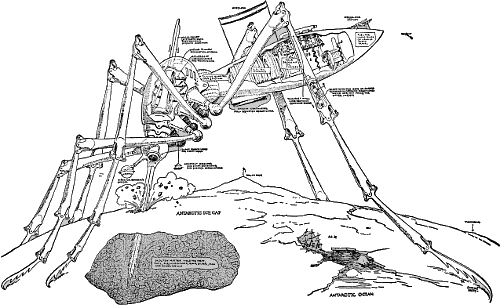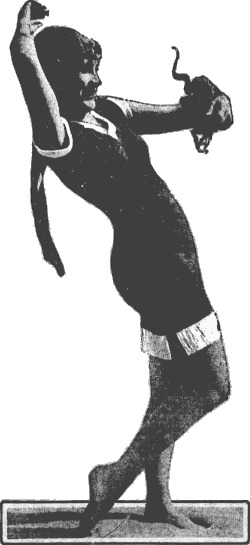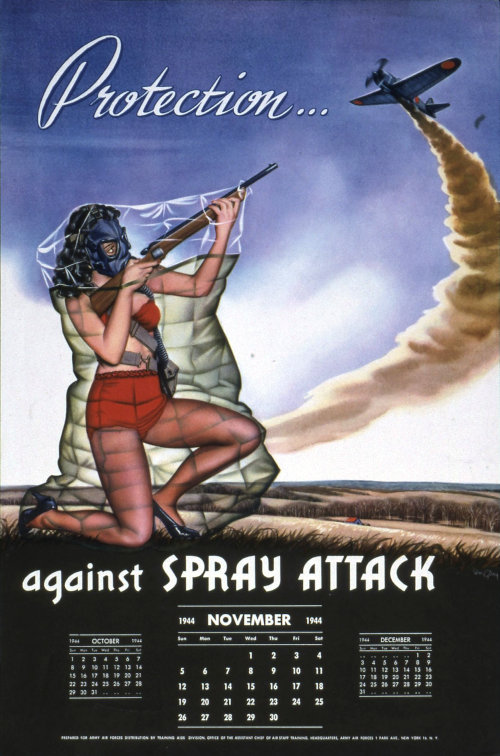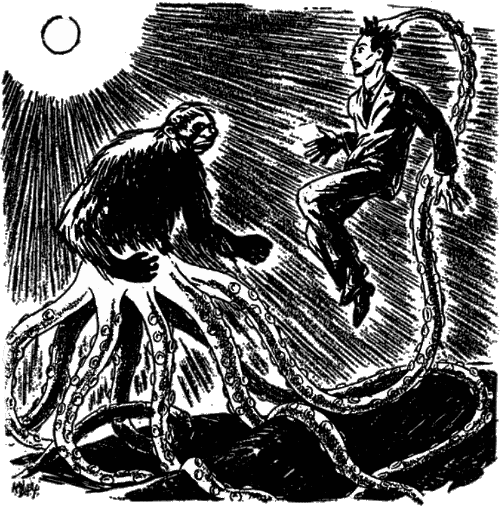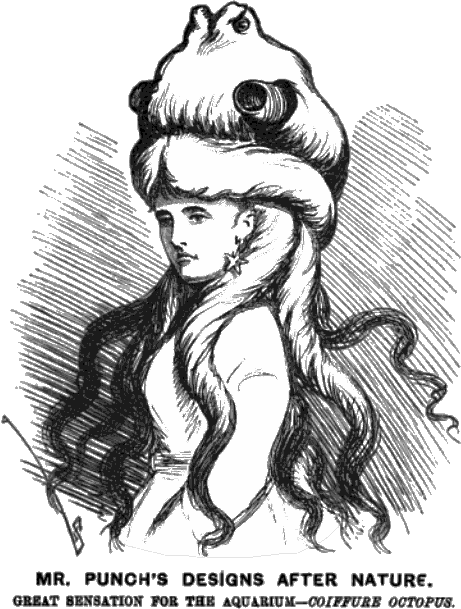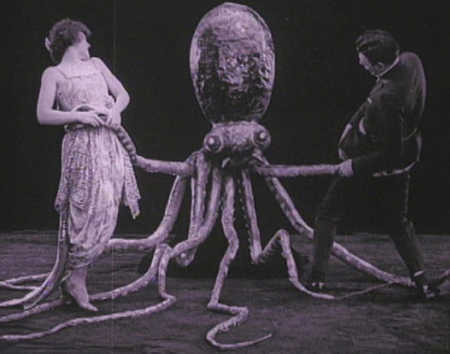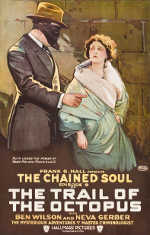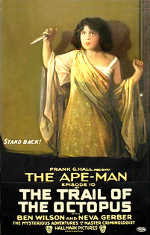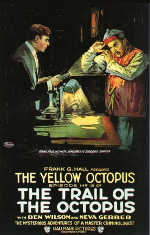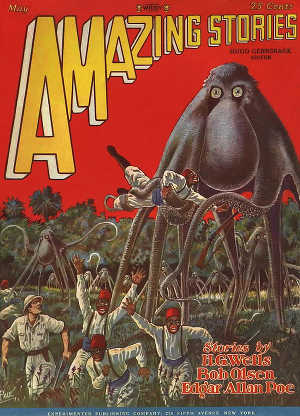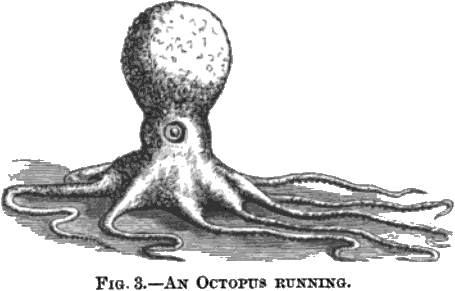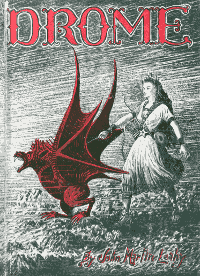In 1912, Royal Navy Captain Robert Falcon Scott led the Terra Nova Expedition in an ill-fated attempt to be the first to reach the South Pole. After reaching the Pole and learning they were beaten by Norwegians, his team's failed return trip ended with the death of Scott and his men.
Historians have long debated what could have been done differently to prevent that tragedy, and what still could be done to keep such a tragedy from repeating on future expeditions. In 1913, a Swiss inventor proposed a solution to the problem.
Naturally, it involved giant mechanical mosquitoes:
Picture Diagram Illustrating the Inventor's Idea of the Development of the Luchy Machine, Drawn from Sketches of the Small Working Model. The Essential Points of the Invention Can Be Grasped Easily by Study of the Carefully Worked Out Illustration. The Artist Has Shown the Machine at Work in the Antarctic, Boring Through the Ice Cap Down into the Internal Fires of the Earth. While the Inventor Has Suggested the Possibility of Tapping Earth's Heat in This Way, Other Scientists Believe Such a Development Highly Improbable. Not Only Would the Tools Have to Be of Impossible Length and Size, but It Would Not Be Possible to Generate Enough Power to Run Them. Besides, the Internal Fires, When Struck, Would Destroy the Tools Instantly. The Future of the Invention Lies, It Is Believed, in Smaller Machines Which Are Able to Carry Men into Places Inaccessible to Other Means of Conveyance and at the Same Time to Provide Shelter.
The above illustration by Raymond Perry is from an article in the March 9, 1913 Sunday Magazine section of the Salt Lake Tribune (again) about multistory, Diesel-powered, mosquitoform vehicles -- "Mechasquitoes", if you will -- proposed by Dr. Gustav Luchy for mining resources in hostile climates, patrolling desert and tropical colonies, and as engines of war.
This proto-Dieselpunk delight has too much tiny, Richard Scarry-esque detail -- such as the "sheath containing fully equipped ocean liner"! -- to display inside my blog layout, so either see the original scanned page or the cleaned-up version I made. I've transcribed the full article below with added links to interesting background info:

